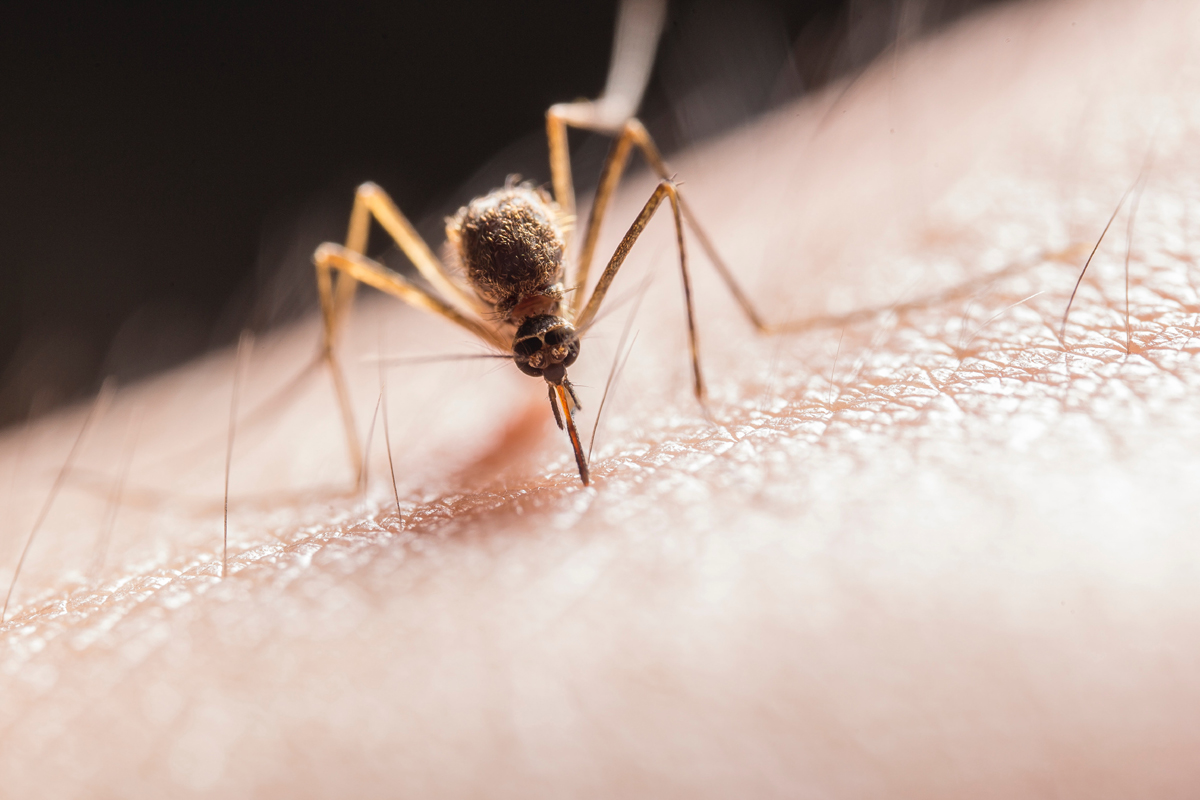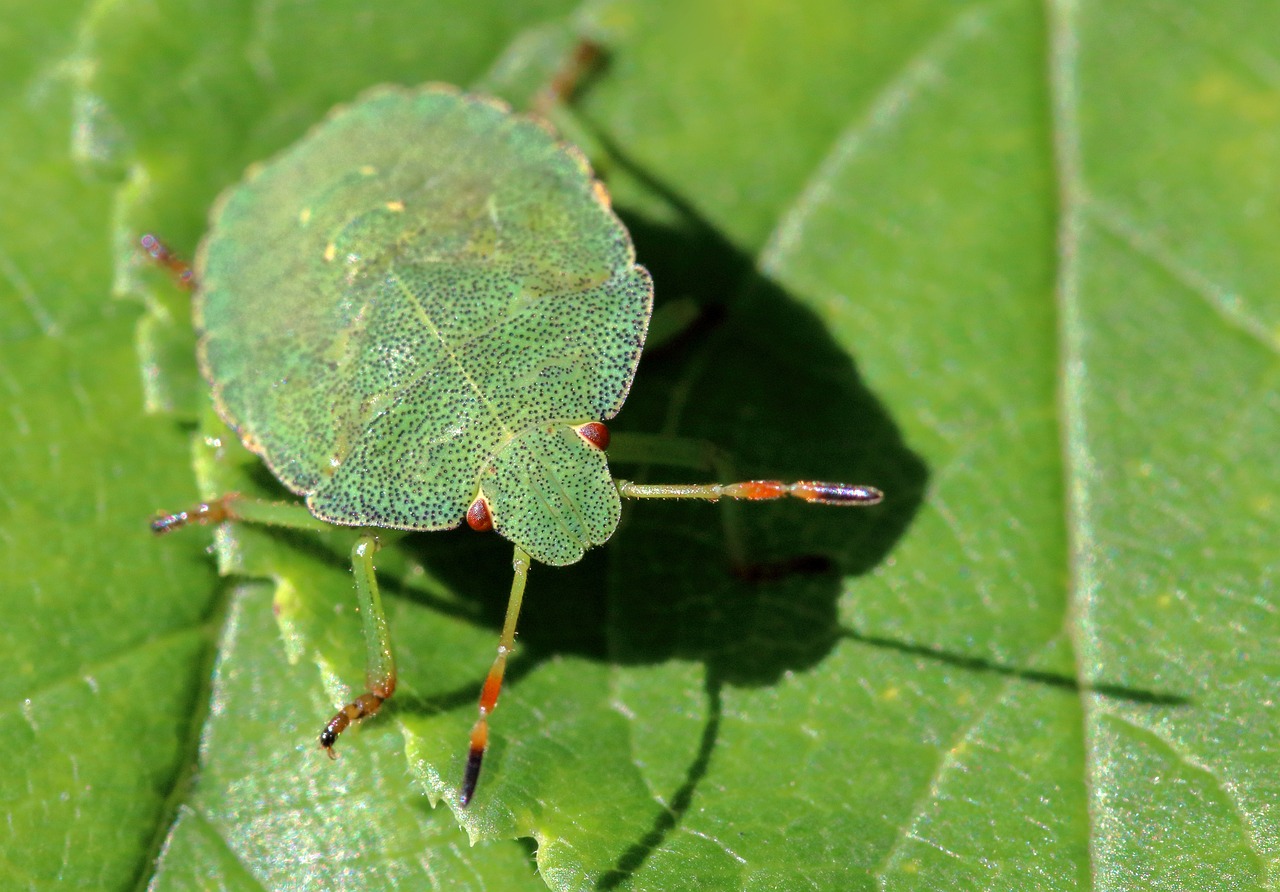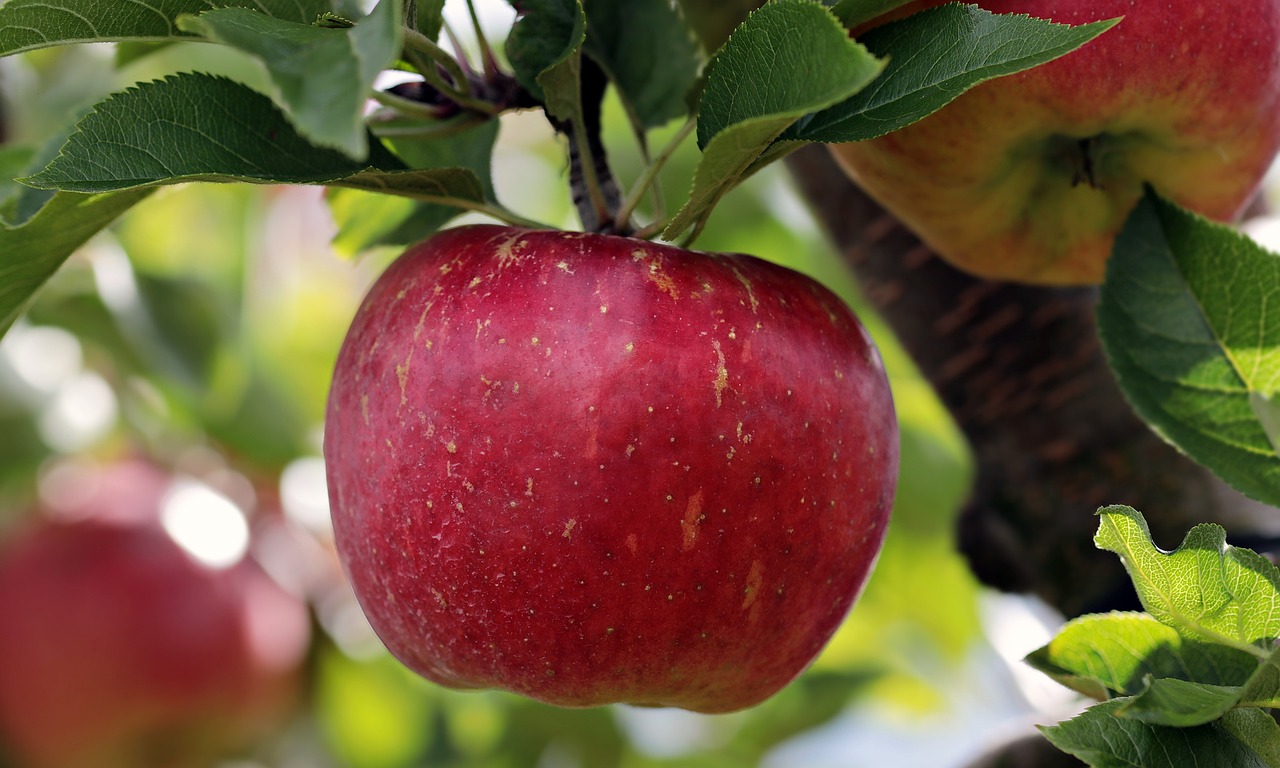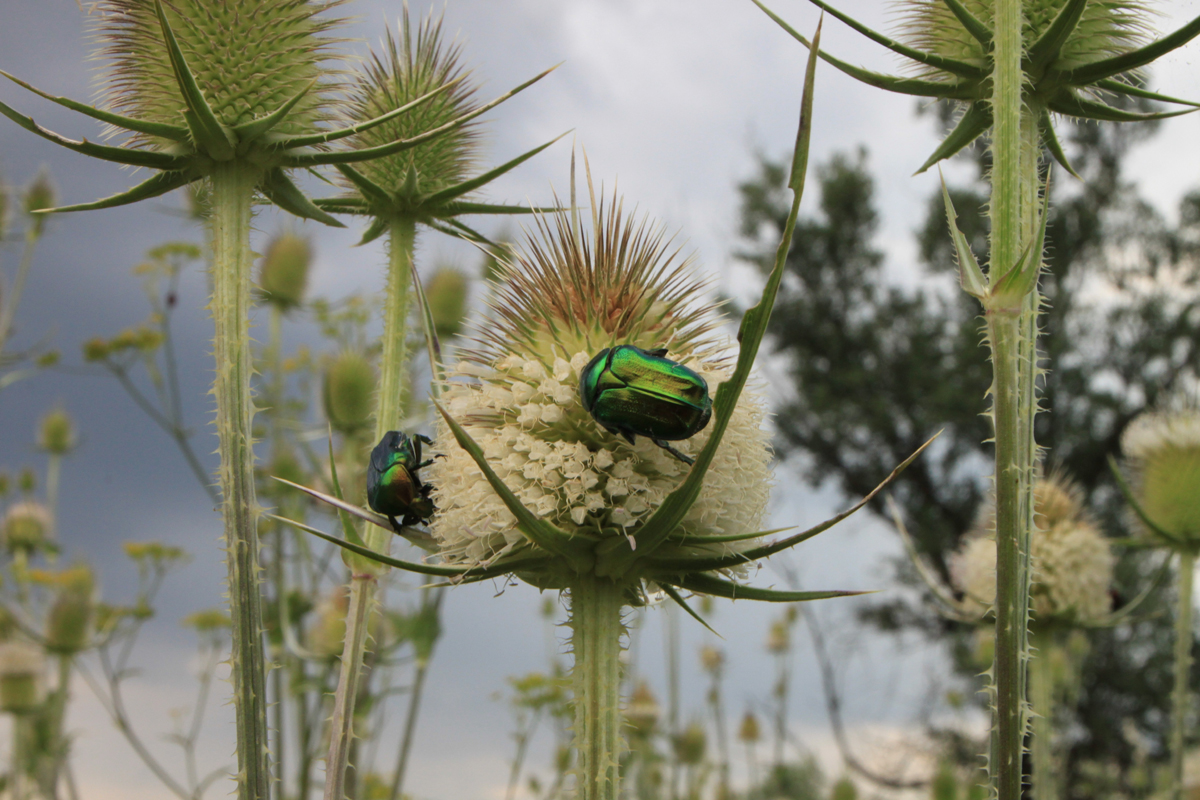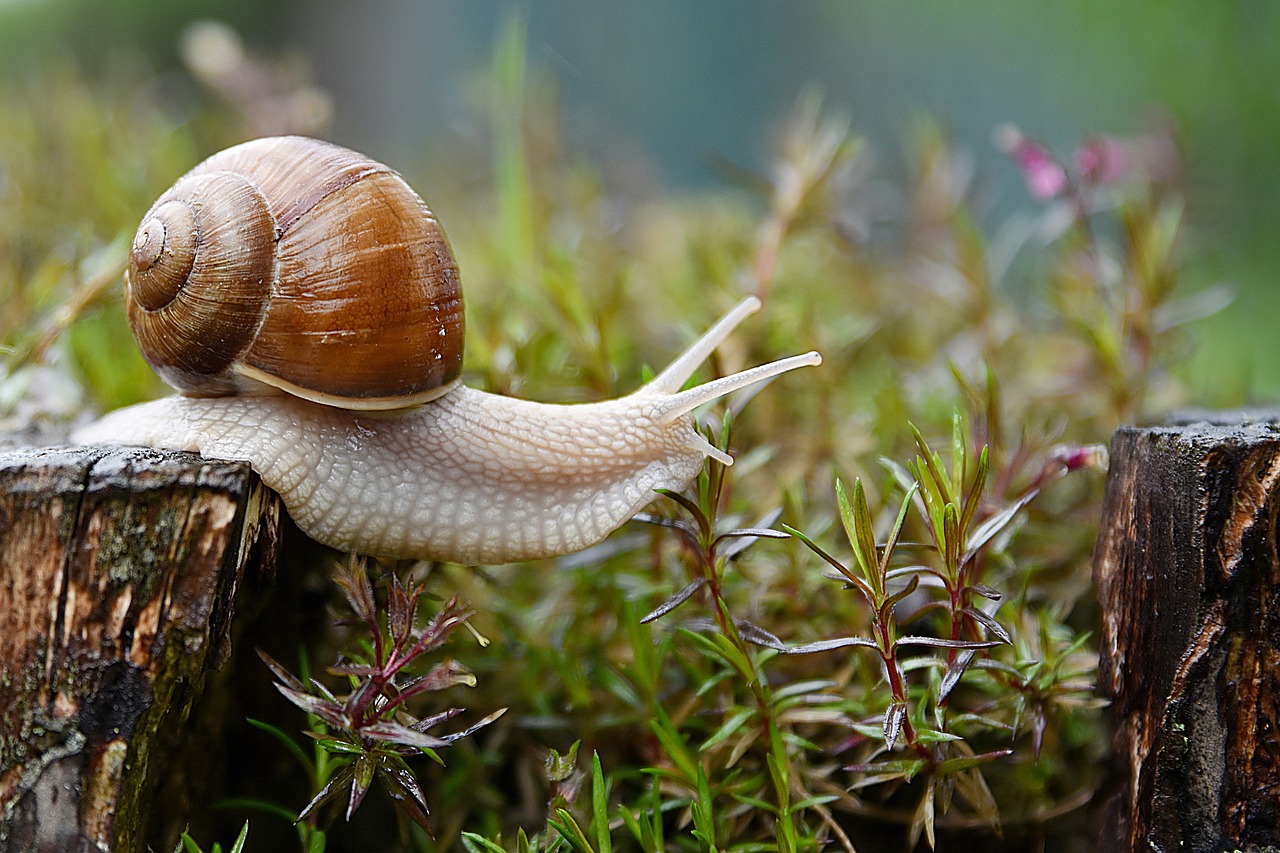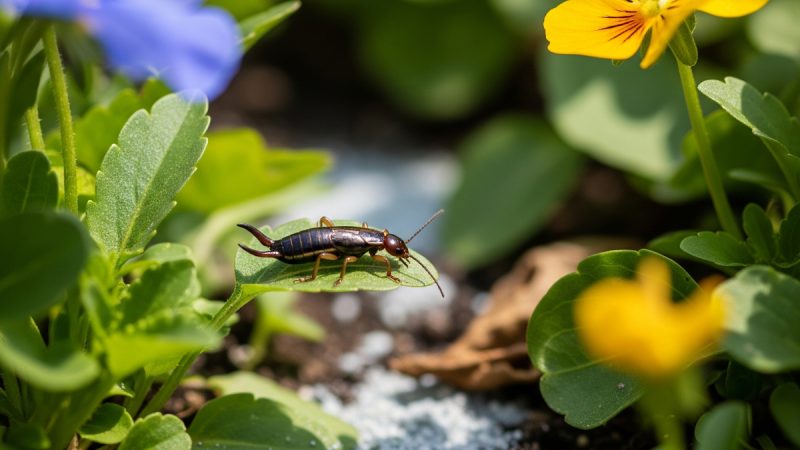Praying Mantis – Friend or Foe?
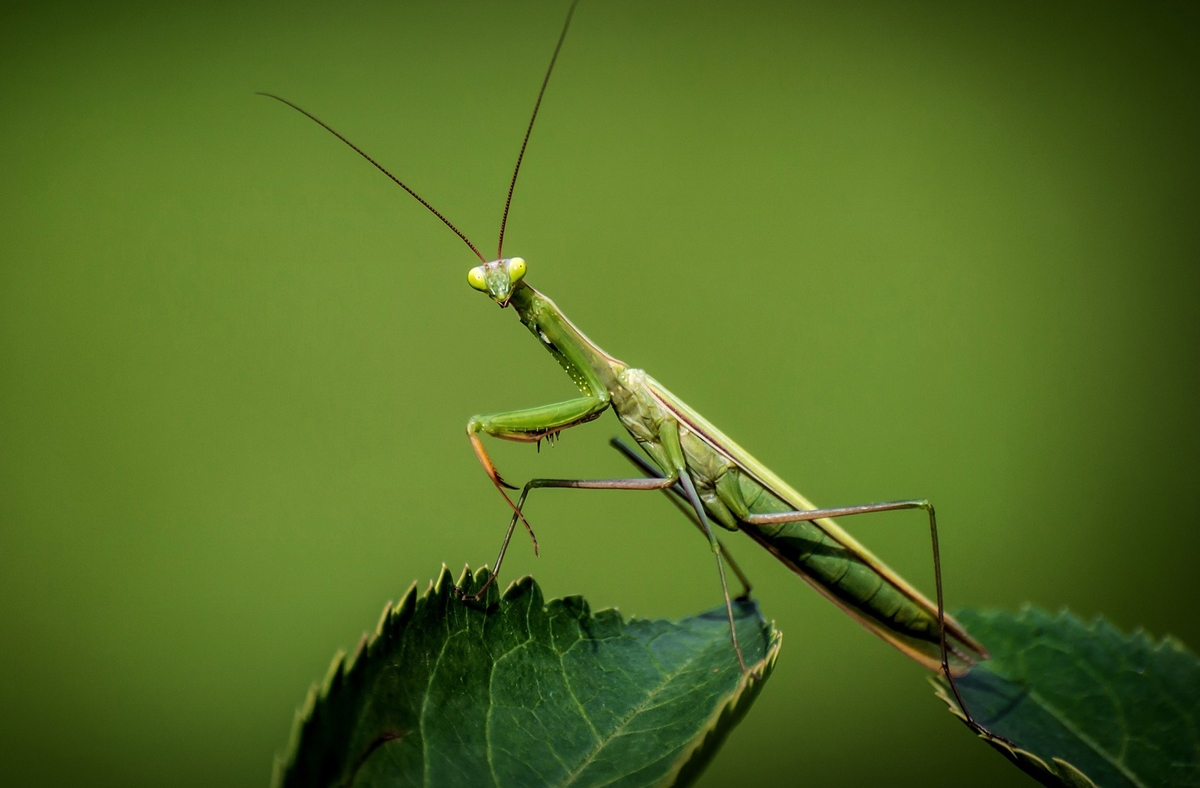
Not many gardeners come into contact with a praying mantis but few can deny that they’ve heard of the infamous way in which the insects mate. While the female can indeed feed on its mate’s head during copulation, praying mantis also have other amazing features. The mantid is the only predator which is fast enough to catch mosquitoes and flies. It is also the only insect that can turn its head all the way around (180 degrees).
Praying mantis have voracious appetites and will eat a variety of insects including aphids, grasshoppers, fruit flies, house flies, moths and crickets. However, in addition to these insects, praying mantis will also eat beneficial insects like hover flies and lacewings. If you’re a gardener who is contemplating using praying mantis for pest control, do keep this in mind.
Most praying mantis are sold as egg cases; each egg case will hatch between 50-200 young nymphs. For the best pest control, use 3 egg cases for a garden under 5,000 sq. ft. We recommend that you use your egg cases immediately although they can be refrigerated for up to a week after receiving them. You can either hang the egg case outside and allow the young nymphs to escape, or you can set up a terrarium.
Indoor Care of Praying Mantis
Set up a terrarium with in a fish tank, gold fish bowl, yogurt container, or even a jam jar. Whatever type of container is used, a stick or branch should be provided for the insects to hang from as well as a small dish of water in the bottom to add humidity to the enclosure.
Place mesh over the top of the container to prevent the young from escaping but still allow air and food to be put in. The temperature should be kept at approximately 25-28 C (75-80 F). The easiest way of maintaining the temperature is by using an under tank heating mat. Keep the container out of direct sunlight and maintain a humid atmosphere by misting everyday.
Feeding Praying Mantis
The young nymphs will wiggle out of their egg case in about 3 weeks. As they grow bigger, move them into a larger container so they have enough room to feed and move. Upon hatching, the mantids must have live food every 2-3 days. If not, they will devour each other.
Living insects, such as fruit flies, aphids, cockroaches, crickets, beetles, grasshoppers, spiders, caterpillars, moths, and houseflies are a favourite food of the mantis. The smaller, softer-bodied insects are a better food source for the young nymphs. After having completed their early stages, they may be fed insects larger than aphids and vinegar flies such as mosquitoes, flies, and roaches.
If they are not released, each adult will need its own cage. One mantis may be kept on its own as a pet and fed throughout the year.
Resources
www.tvorganics.com – Purchase egg cases on-line February-July
http://ohioline.osu.edu/hyg-fact/2000/2154.html – Ohio State University FactSheet
http://www.colostate.edu/Depts/Entomology/courses/en507/papers_1999/feldman.htm – Praying mantis life cycle.
The Author:
Arzeena Hamir is an agronomist and garden writer.
© Copyright 2002 Arzeena Hamir
Photo. Lubos Houska


